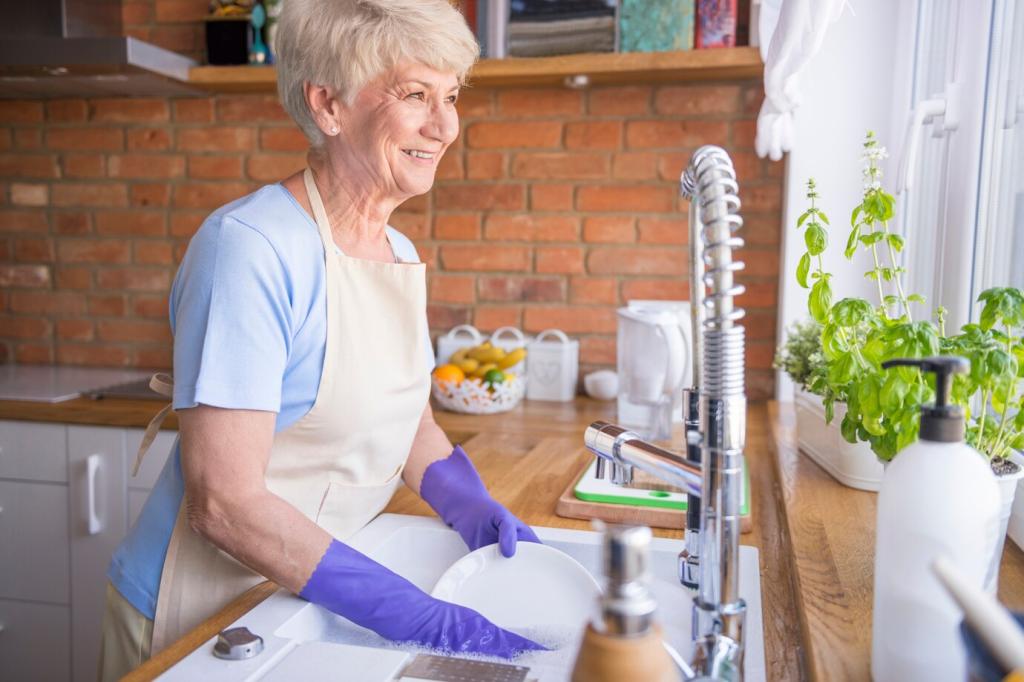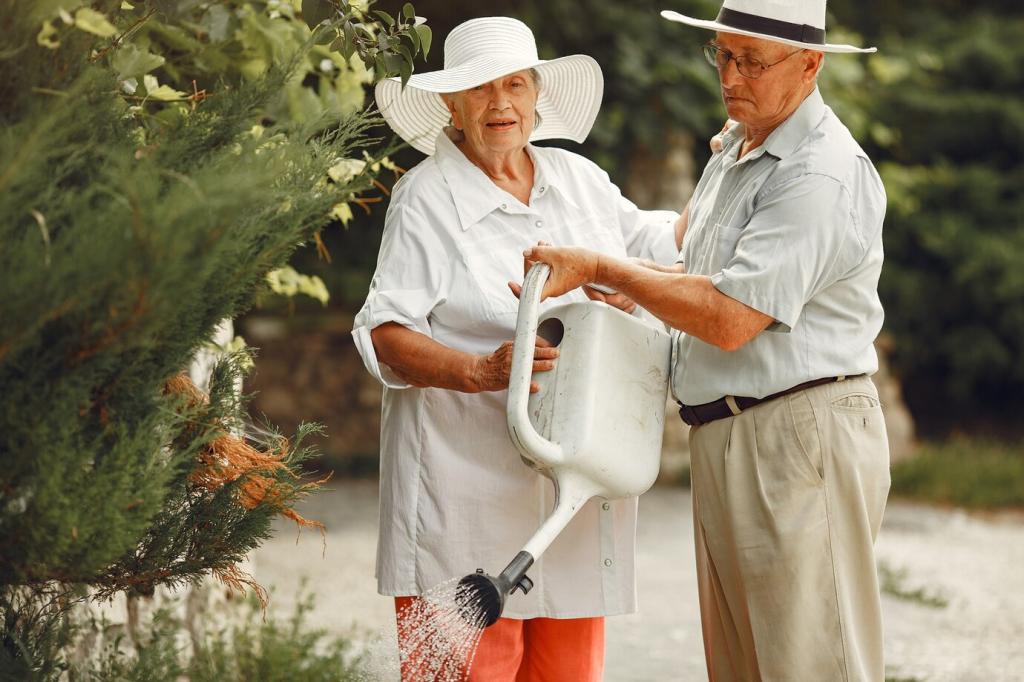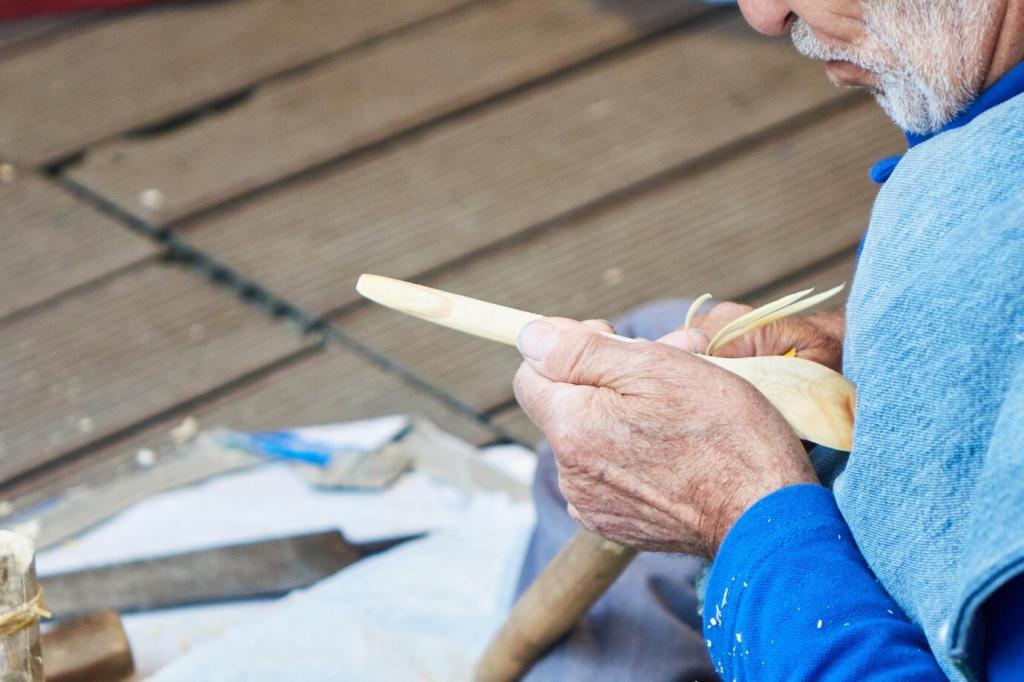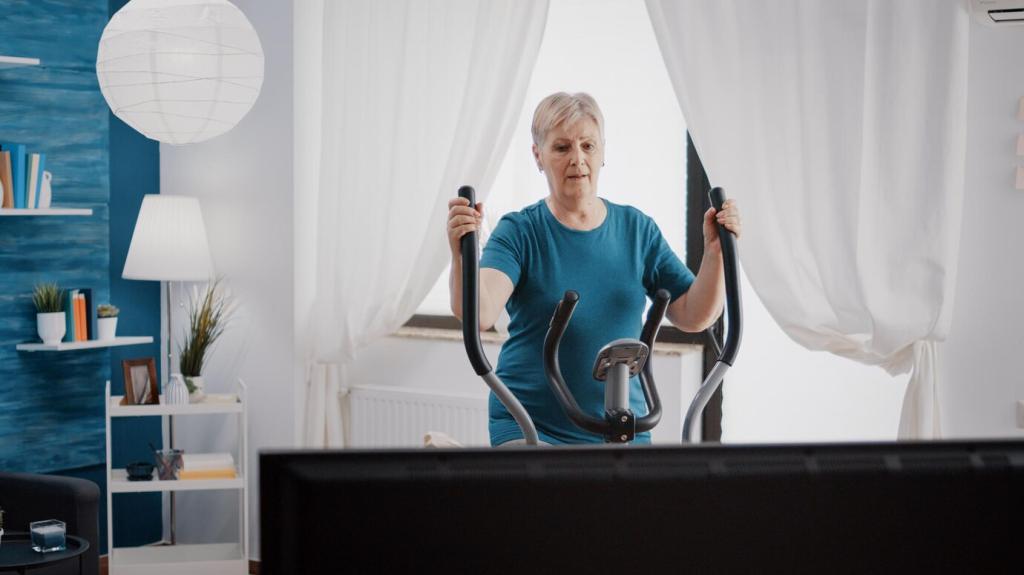Build Your Best Kit: Essential Tools for Furniture Maintenance
Chosen theme: Essential Tools for Furniture Maintenance. Welcome to a friendly space where your furniture gets the care it deserves. From the first gentle wipe to precise hinge adjustments, we’ll help you assemble a dependable toolkit and the confidence to use it. Subscribe for hands-on tips, checklists, and real stories from fellow home caretakers.

The Foundational Toolkit You’ll Reach For First
A quality multi-bit driver with flat, Phillips, and Pozidriv tips covers most furniture fasteners without rounding heads. Magnetic tips help in tight spaces, while a stubby driver fits drawers and cabinets. Share which bit size saves your day most often and why.
The Foundational Toolkit You’ll Reach For First
Modern furniture loves hex and Torx fasteners. A ball-end hex key reaches awkward angles, and a T-handle boosts control. Keep metric and imperial sets to avoid stripping. Label sizes with tape so you grab the right key quickly during a wobbly-chair rescue.


Surface Care and Small Repair Essentials
Microfiber traps dust without swirling grit across the surface. Pair with a pH-balanced cleaner for safe grime removal on sealed wood, metal, or laminate. Mist the cloth, not the piece, to avoid moisture spots. What’s your favorite streak-free routine?
Color-matched scratch markers blend light surface scuffs, while wax fill sticks disguise deeper nicks. Warm the wax slightly for smoother application, then level with a plastic card. Finish with a clear buff. Post a before-and-after photo to inspire the community.
Use fresh PVA wood glue for joint repairs; a syringe or needle bottle delivers precision into hairline gaps. Apply blue tape along edges for easy squeeze-out cleanup. Clamp with gentle, even pressure. Subscribe for our step-by-step loose-chair joint tutorial.



Inspection, Measuring, and Detection Tools
A straightedge reveals warp on shelves and tabletops, while feeler gauges quantify gaps that cause rattle or wobble. Calipers measure hardware diameters for replacements. Accurate measurements mean fewer mistakes and better-fitting parts—your future self will thank you.
Inspection, Measuring, and Detection Tools
Wood moves with humidity. A pin or pinless moisture meter helps you avoid trapping moisture under finishes. A room hygrometer tracks seasonal swings; aim for consistent indoor humidity. Noticing sticky drawers each summer? Moisture may be the culprit worth monitoring.
Upholstery and Fabric Care Toolkit
A quality staple gun secures dust covers and webbing, while a forked remover lifts staples cleanly without tearing fabric. Practice on scraps to perfect angle and pressure. Keep staple lengths modest to avoid piercing through thin frames and finishes.
Upholstery and Fabric Care Toolkit
For sagging seams or popped buttons, a sharp seam ripper and curved needle make neat, strong repairs. Use heavy polyester thread for durability and knot securely. Match thread color carefully, test tension, then share your reattached-button triumph with the community.
Upholstery and Fabric Care Toolkit
A lint shaver de-pills textiles, while a soft fabric brush revives nap on velvet and microfiber. Finish with a fabric protector spray to resist stains. Always spot-test first on hidden areas to avoid discoloration. What’s your favorite rescue for tired cushions?
Hardware, Hinges, and Smooth-Moving Parts
Use silicone spray on plastic and rubber parts, PTFE on metal slides, and dry lube where dust could accumulate. Wipe away excess to prevent grime. Avoid oil near unfinished wood. Share the stubborn hinge you silenced and which lubricant did the trick.
Hardware, Hinges, and Smooth-Moving Parts
A simple hinge jig and centering bit create perfect pilot holes that keep screws from drifting. Pilot holes reduce splitting and make alignments repeatable. Mark doors and frames as pairs to avoid mix-ups. Comment with your best alignment tip for cabinet doors.




Safety and Protection for You and Your Pieces
Solvents, fine dust, and stray fasteners are real risks. Nitrile gloves resist chemicals, a P100 respirator filters sanding dust, and snug eye protection shields against chips. Keep a first-aid kit nearby. What’s the one safety step you never skip, and why?
Safety and Protection for You and Your Pieces
Before moving anything, pad contact points to prevent dents and finish burnish. Felt pads under legs protect floors and reduce noise. Moving blankets and corner guards shield edges. Post your best tip for protecting furniture during a room refresh or deep clean.
Power Versus Hand Tools: Choose Intentionally
Cordless Drill/Driver with Clutch Control
A drill/driver with adjustable clutch prevents over-tightening and stripped threads. Start on low torque, increase gradually, and finish by hand. Keep a countersink bit to recess screws neatly. Which clutch setting saves your furniture screws from disaster most often?
Random-Orbit Sander and Smart Abrasives
Use a random-orbit sander only on repair zones, not whole surfaces you intend to preserve. Progress grits patiently, vacuum frequently, and stop once defects disappear. Over-sanding ruins edges. Share your favorite grit sequence for blending a repaired corner invisibly.
Detail Finishing with an Oscillating Multi-Tool
With a fine detail pad, an oscillating tool shapes tight curves and corners. Use low speed and light pressure to prevent heat. Swap to a scraper blade for old glue beads. Tell us how you used oscillation to save time without sacrificing control.

